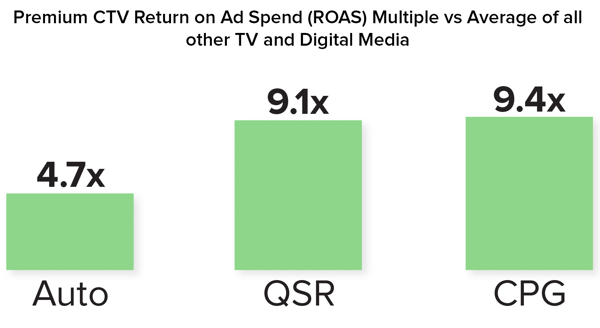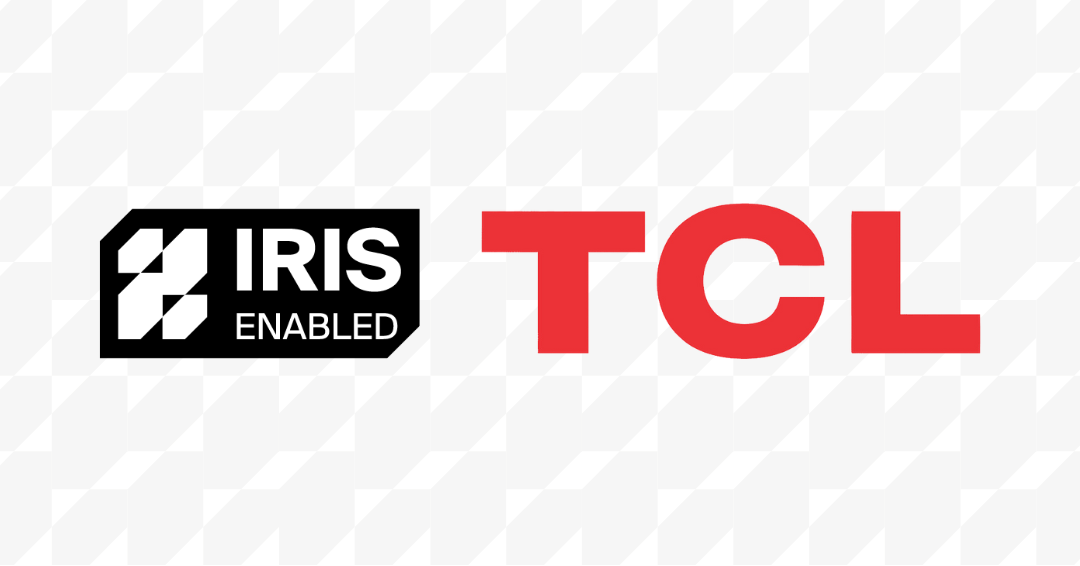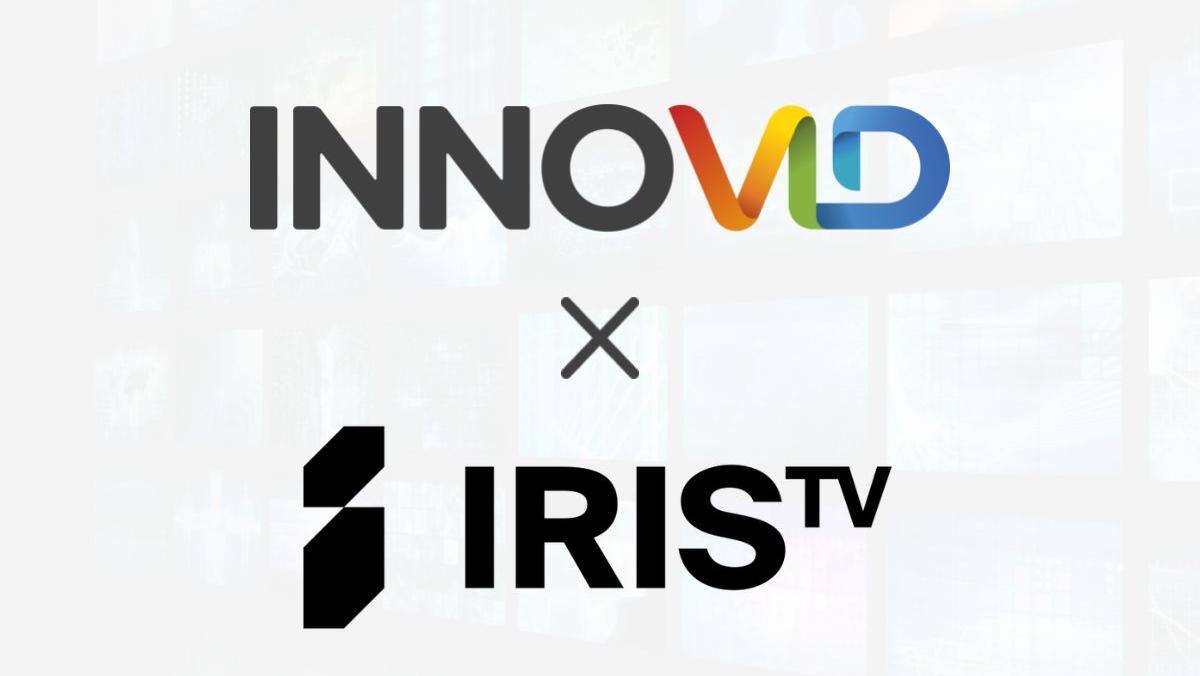CTV Unleashed: Why Marketers are Embracing Context...Again
Posted by Rohan Castelino | Oct 21, 2020 | Contextual Video,Featured,Research |
The impact of COVID-19 and quarantine has accelerated the surge in connected TV (CTV) viewership. When it comes to reaching consumers on a one-to-one level, marketers are already dealing with the headwinds related to privacy regulations, the death of third-party cookies, IDFA, and brand-safety. When it comes to targeting, CTV has both its opportunities and challenges that media and marketers need to manage in order to maximize the value of their investment in video.
To learn more about the emerging trends in CTV, I spoke with Bill Harvey, Founder/Chairman, Research Measurement Technologies Inc (RMT), who has spent decades helping the world’s leading media companies and brands interpret data at a large scale and extract consumer insights. Bill is a world-renowned media researcher and a pioneer in media optimization systems for IPG, Omnicom, and major TV networks.
Previously, Co-founder of TiVo Research & Analytics (TRA, Inc.), CEO of Next Century Media, as well as consulting for over 100 of the Fortune 500 companies.

Bill Harvey, Founder/Chairman Research Measurement Technologies Inc |
Rohan Castelino, VP of Marketing, IRIS.TV: Bill, tell us a little bit about RMT and your work in ad targeting.
Bill Harvey: At RMT, our goal is to empower leading advertising, media and entertainment organizations with significant technology solutions for advertising ROI optimization. We’ve worked with the HBO, Fox, CBS, Viacom, NBC, Group M, Wieden + Kennedy and many more.
One of the key things we realized is that creative people don’t want to be optimized, nor do we want to force them. What we can do is help their ads sell and enhance brand equity by advising where the placement of the ad will result in a far greater positive impact than in an alternative environment.
RC: Given the success of one-to-one marketing, there is obvious concern about the impact of privacy regulations and the death of third-party cookies. Contextual targeting has re-emerged as an alternative. What data have you observed connecting ad placement to business outcomes?
BH: Media buyers typically pay attention to context when avoiding ad placement in inappropriate environments. The data however clearly shows that when brands are not leveraging context for positive targeting, they are worse for it. The return on ad spend (ROAS) is lower. Unearned revenue is revenue lost. Contextual optimization and targeting are not a choice; you must always use them both together.
That was the conclusion of a two-year study by the Advertising Research Foundation (ARF). The ARF analyzed hundreds of studies and concluded that targeting and context are two separate things, and they add to one another. The ARF white paper on the subject is labeled “Best Practices” and a separate ARF CMO Brief urges “The ARF has concluded that marketers should not ignore context.”
The 70 studies in a meta-analysis reported in the ARF Journal of Advertising Research each used one dimension of attributes to align ads and contexts. RMT used an empirical process and machine learning to identify 265 psychological dimensions by which ads are now matched by RMT to contexts. Does it make a difference? Yes, instead of average 15% lifts in measures such as ad recall in the 70 one-dimensional studies, using Nielsen NC Solutions, Turner found RMT lifts of 35-37% in sales effect, a far more important measure than ad recall. In a study for a major advertiser, 605 found RMT lift of 37% in purchase intent and 62% lift in unaided awareness.
RC: People are watching more CTV than ever before. What has your research indicated about the effectiveness of this channel?
BH: In a study with Fox, we analyzed ROAS on $48 billion in ad spend tied to $2.2 trillion of consumer spending across Auto, QSR and CPG. In the 5.5-year study, the most valuable format was Premium CTV (i.e. not user-generated content) by far in terms of ROI, followed by linear TV, and the lowest was digital despite lower CPMs.
Some of the reasons for the success of Premium CTV has to do with its inherent addressability, no “skip”, lower ad load, and the viewer’s intent to be watching content in a more “lean back” environment.

RC: According to your data, CTV is clearly a place where marketers should be investing. How does context play a role in maximizing ROAS there?
BH: In the studies mentioned before, our optimizer recommended over 80% of the digital video media spend be allocated to CTV and 20% towards non-premium video in walled gardens. Unfortunately, there was not enough CTV inventory to backfill the optimized recommendation. While CTV is proven to drive high ROAS, as inventory increases the lack of program level transparency can limit its potential. RMT can optimize the context effect in CTV by networks, which yields increases in sales and branding effect.
Context has always been important to seasoned media buyers. When 1:1 addressability became available, those new to the business presupposed that it replaced context. Not so: the ad performs differently based on its context. IRIS.TV plays a crucial role by providing basic transparency into the content, categories, and genre. Because CTV viewership is typically shared among a household of viewers, the content itself provides a great signal about who should be targeted with advertising and under what circumstances.
One signal given by content is the subconscious psychology and motivations of the viewer. Context and targeting are additive and different in their effects. While it is a cliche, what’s old is truly new again.
Click the following links to learn more about Bill Harvey and Research Measurement Technologies’ latest insights.
To learn more about brand-safe and transparent ad targeting for CTV, click here to schedule a demo.











